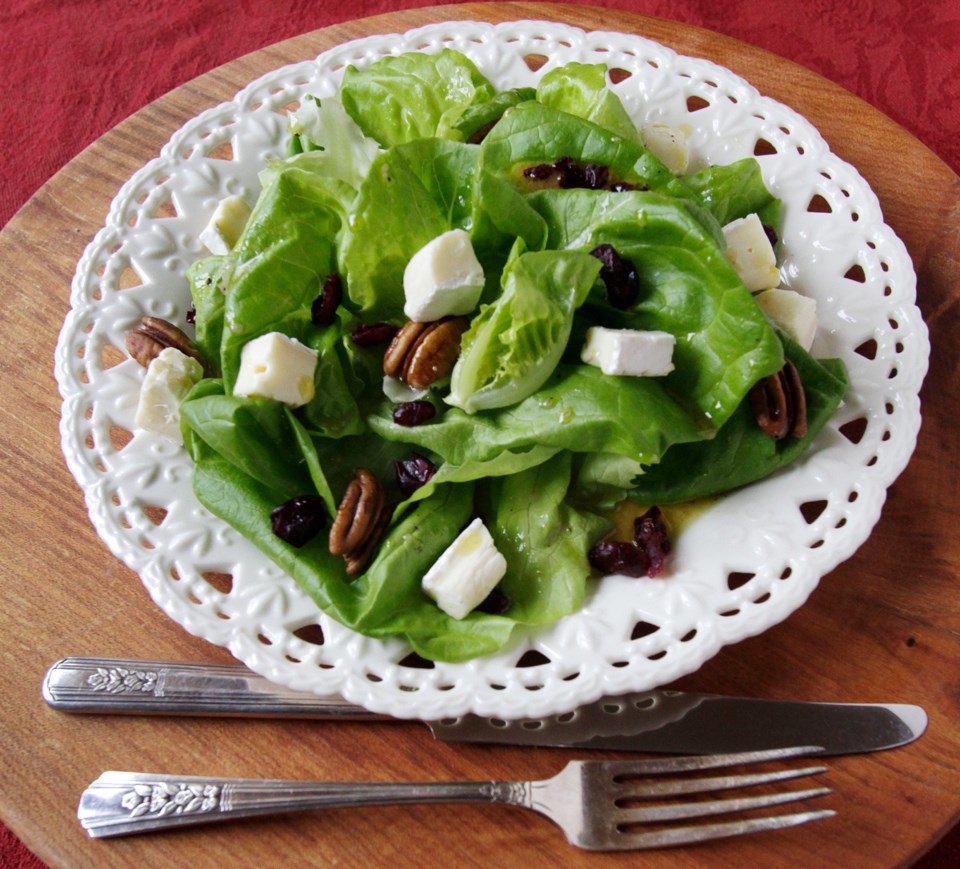Dear Dr. Roach: I have had several kidney stones and was advised to avoid oxalate. I was told that green, leafy vegetables and grains are high in oxalate. How can my diet be healthy if I avoid these healthy foods?
D.F.
Calcium oxalate is the most common type of kidney stone, so limiting dietary oxalate makes sense. However, increasing water intake, dietary calcium and potassium can help prevent kidney stones. It is paradoxical, but dietary calcium reduces kidney stone risk while calcium supplements increase kidney stone risk. Also, vitamin C increases kidney stone risk, so it’s not recommended to take supplemental vitamin C.
There are many places to find the oxalate content of food, starting with your dietitian, but websites such as lowoxalate.info and ohf.org have nice lists. There you can find many fruits and vegetables that have little or no oxalate, including broccoli, lettuce, cucumber and many others. You do need to avoid spinach, beets and similar vegetables. As far as grains go, corn, rice and wild rice are good choices.
Dear Dr. Roach: My husband was diagnosed with a skin condition called dermatitis herpetiformis 35 years ago. He was prescribed dapsone and has been taking it ever since. We have moved to Florida, and none of the doctors here know anything about dapsone. He is unable to get a prescription.
Right now, he is miserable with a horrible skin rash with blisters, and he itches constantly. He is careful with his diet (he is lactose intolerant), but otherwise can find no answers. Dapsone is the only thing that helps him.
M.M.C.
Dermatitis herpetiformis is an uncommon skin disease seen more often in people with ancestry from northern Europe. In the vast majority of cases, it is linked to gluten sensitivity (celiac disease). A gluten-free diet is one mainstay of treatment, and the other is dapsone.
Dapsone is a powerful medication with many potential side effects. That’s why patients using it must be monitored carefully with periodic exams and blood tests. It causes hemolysis (breakdown of blood cells) to a small extent in most people; however, in people with a condition called G-6PD deficiency, the hemolysis can be fatal. If your husband hadn’t been taking it safely before, he would be tested for this common enzyme deficiency before being prescribed dapsone.
Most people with dermatitis herpetiformis who stick to their gluten-free diet carefully are able to stop dapsone eventually.
Your husband needs a very experienced dermatologist and advice on a gluten-free diet. Two places to start are celiac.org and gluten.net. A dietitian can be very useful as well. There are many gluten-free options available now.
Dear Dr. Roach: I’m a female, age 88. My nose is always red. My daughter’s nose is red at times. The redness is always on my nose, never cheeks or chin. Is there a name for this? Is there something I can do?
J.D.W.
It might be rosacea, a condition with several variants, all of which have redness and flushing. Rosacea seems to run in families. It primarily affects the nose, and sometimes the cheeks.
It cannot be diagnosed without a careful exam, so a visit with your doctor or a dermatologist is in order.
Dr. Roach regrets that he is unable to answer individual letters, but will incorporate them in the column whenever possible. Readers may email questions to ToYourGoodHealth@med.cornell.edu.



